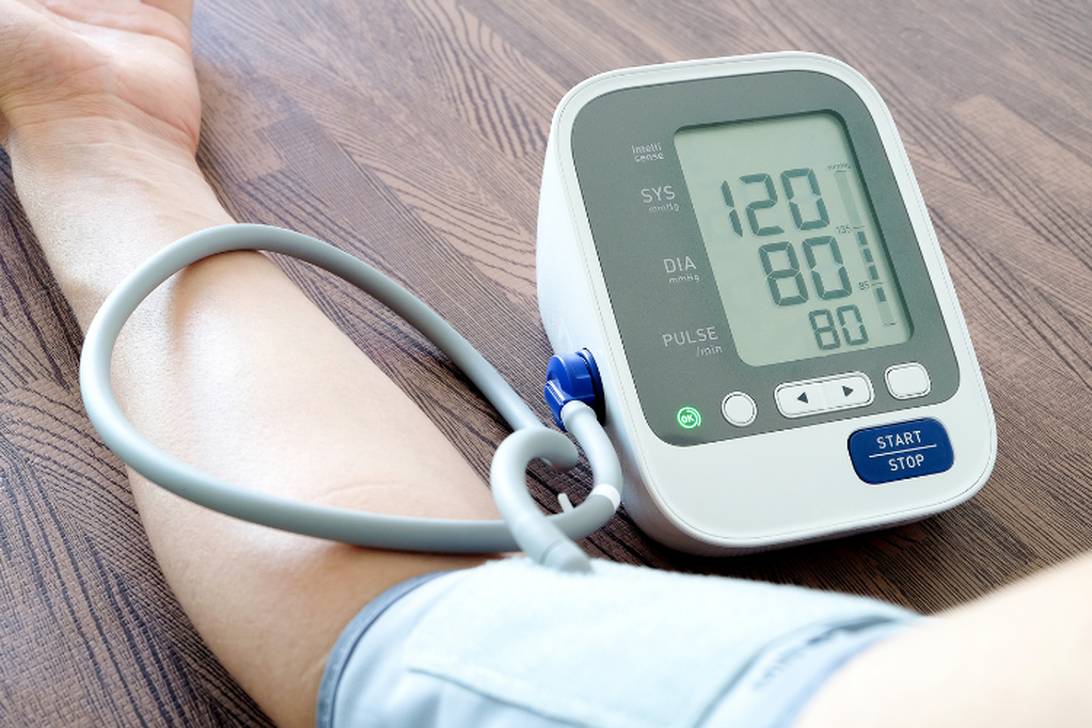Ambulatory blood pressure monitoring (ABPM) is a relatively new technique for assessing a person’s blood pressure. ABPM allows a doctor to assess your blood pressure during your routine daily living, instead of when you are sitting nervously on the doctor’s examination table.
Ambulatory blood pressure monitoring is accomplished with a special device that consists of a blood pressure cuff that is worn on your arm and is attached to a small recording device that you wear on your belt.
You wear the ABPM device for either 24 or 48 hours, and it records your blood pressure periodically (usually at 15-minute or 30-minute intervals) throughout that period, during your routine daily activities and while you are sleeping.
So the ABPM provides your doctor with a complete record of your blood pressure for a one- or two-day period.

When ABPM Used?
ABPM has been helpful in assessing people with white coat hypertension, allowing their doctors to decide blood pressure. ABPM has also been useful in situations in which it has been difficult to determine the effectiveness of an anti-hypertensive treatment regimen, or when a person is suspected to have abnormally wide fluctuations in blood pressure that make diagnosing and treating hypertension difficult. ABPM can also help in the diagnosis and treatment of some forms of dysautonomia, especially when intermittent and unpredictable episodes of very low blood pressure are suspected.
Ambulatory BP monitoring may also be suitable in other situations, such as for:
What are benefits of ABPM?
Ambulatory monitoring can rule out white coat hypertension, so that patients are not given unnecessary prescriptions for BP-lowering drugs. It can also detect masked hypertension, so that patients receive the medications needed for high blood pressure. The incidence of stroke, heart disease, and organ damage due to hypertension can be reduced among those patients. Ambulatory monitoring may also be useful in evaluating a patient’s response to long-acting antihypertensive medications.

 WhatsApp us
WhatsApp us